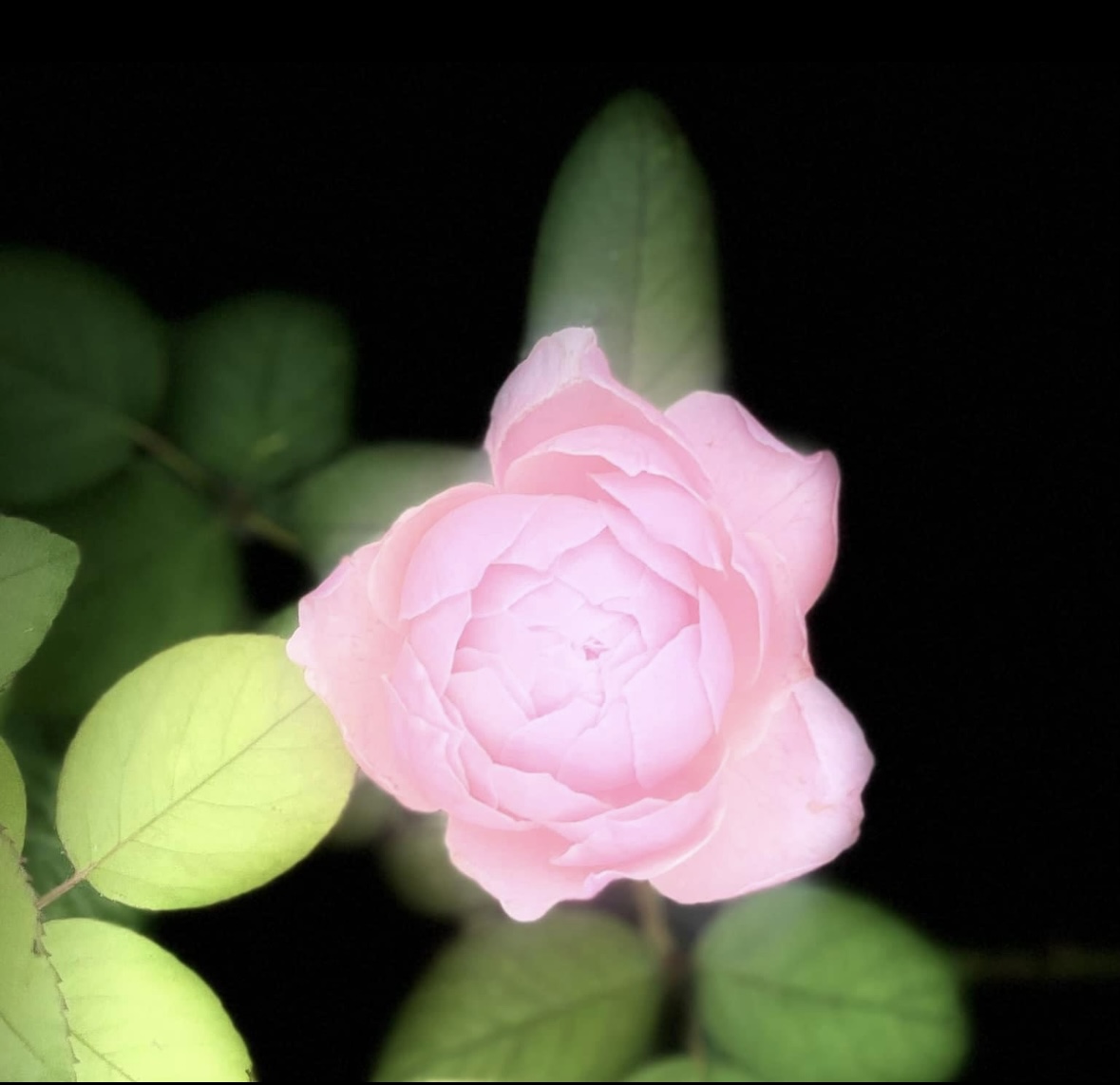Conquering the Challenges of Growing Roses: A Personal Journey
Roses, with their timeless beauty and enchanting fragrance, have always been a beloved addition to gardens. However, for many gardeners in the US, roses can be intimidating. It wasn’t until I encountered the notorious rosette disease that I understood the apprehension. This disease, caused by a virus spread by tiny mites, can decimate entire rose gardens if not managed properly. While my personal garden has thankfully remained untouched, our community area was not as fortunate. Every rose bush there had to be uprooted and burned to prevent the disease from spreading further.
Despite these challenges, roses remain an essential part of my garden, deeply rooted in my memories of gardens full of roses in Southeast Asia. I have found success with a variety of roses, including the highly esteemed David Austin roses and several that I picked up at a discount from local nursery sales. My approach to rose care is simple yet effective, ensuring my garden flourishes each season.
My Rose Care Regimen
Pruning and Trimming
At the start of spring, I cut my roses back heavily, removing any branches that cross each other or grow too low. This practice is crucial for increasing air circulation and light penetration, both vital for healthy rose growth. During the growing season, I trim occasionally to maintain their shape and promote better blooming.
Fertilization
I fertilize my roses monthly from spring until late summer using an organic rose-tone fertilizer. This provides the necessary nutrients to support their growth and vibrant blooms. Regular feeding ensures my roses have the strength to resist pests and diseases.


Disease Management
When it comes to disease management, I am vigilant. If I notice any black spots, I either spray the affected areas with a mix of neem oil and water (in a 1 to 4 ratio) or use Bio Advanced granules. This proactive approach helps keep my roses healthy and free from common fungal issues.
Sunlight Needs
Understanding the sunlight needs of different rose varieties is crucial, especially in the Texas heat. Shade-loving roses can become crisp in the intense July sun, while sun-loving varieties won’t flower if planted in the shade. By carefully reading and following the sunlight requirements for each type, I ensure my roses thrive.
Deadheading for Continuous Blooms
Deadheading is another essential part of my rose care routine. I deadhead when able, which involves removing spent blooms to encourage new growth and maintain the plant’s appearance. A few years ago, I learned the importance of cutting at an angle with sharp shears, right above where I see five leaflets. This technique prevents disease from water standing on a straight cut and promotes new buds to come in, ensuring a continuous display of beautiful flowers.
The Beauty and Versatility of Roses
Roses are incredibly versatile, offering a wide range of options from the strongest to the lightest scents, from climbing varieties to bushy ones, and from deep reds to vibrant yellows. They perform beautifully indoors as well, adding a touch of elegance to vases. During the peak summer heat, I often cut young rose flowers and bring them indoors, where they continue to bloom for days to weeks, brightening my home with their beauty and fragrance.
Conclusion
Growing roses may come with its challenges, but with a simple care regimen and attention to their specific needs, they can become the crowning glory of any garden. For me, roses are more than just flowers; they are a cherished part of my gardening heritage, bringing joy and a sense of accomplishment with each blooming season. Whether you’re a seasoned gardener or just starting out, don’t let the intimidation of rose care deter you. With patience and dedication, you too can enjoy the timeless beauty of roses in your own garden.







